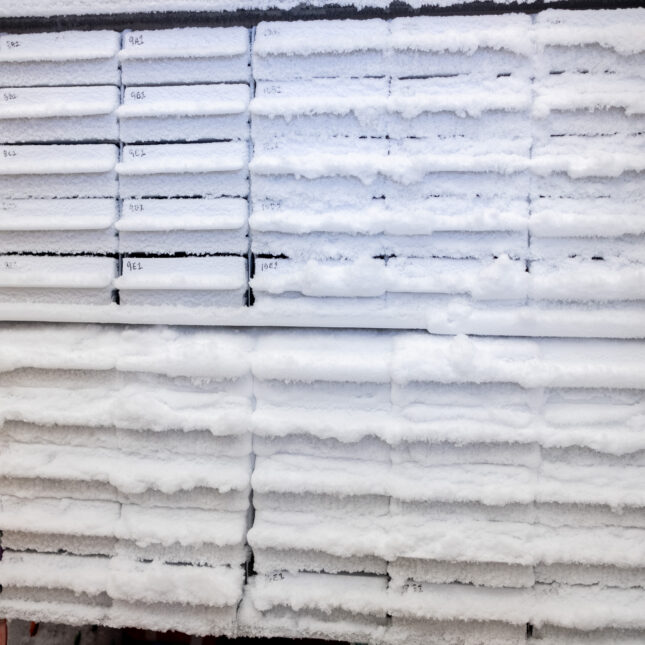
NEW YORK — Sixteen floors above Central Park, Kris White keeps his gentler pathogens behind an unlocked stainless steel freezer door, in brightly colored boxes caked with frost.
There’s an orange box of Zika, looking little different from a forgotten package of Trader Joe’s Butter Chicken, and a weakened form of SARS-CoV-2 in forest green. What White calls “the dangerous viruses” — wild-type SARS-CoV-2 and MERS, the camel-borne coronavirus with a 35% fatality rate — are stored under tighter lockdown upstairs. In the basement here at Mount Sinai Medical Center, mice scurry around a depressurized vivarium, built so no air can escape.
White’s Upper East Side virus bodega is one of the last surviving remnants of a nationwide crash program created to design medicines against the world’s most dangerous viral threats.

This article is exclusive to STAT+ subscribers
Unlock this article — plus in-depth analysis, newsletters, premium events, and news alerts.
Already have an account? Log in
To submit a correction request, please visit our Contact Us page.




